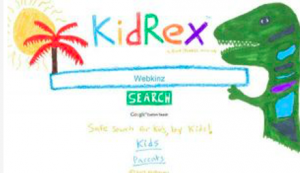I am very excited to be Lord Roberts Annex’s teacher-librarian this year. I am getting to know your children and their reading interests, and I love to get a good book in their hands to enjoy.
To ensure that these good books are able to be read by many students, this month students are learning about the best way to take care of library books (and classroom teacher books too).
Students are aware that one of the biggest threats to books is water damage. Please ensure students:
- pack their water bottles in the outside pocket of their backpack,
- they are able to close up their lunch kits,
- and to know to put agendas and books in their book bags. Books, agendas, and paper love that separate pocket for an exact layer of protection!
To keep your child’s back safe, please adjust straps so they are tight (but not too tight or loose.) Also, for back health, please remind your child to wear both straps.




